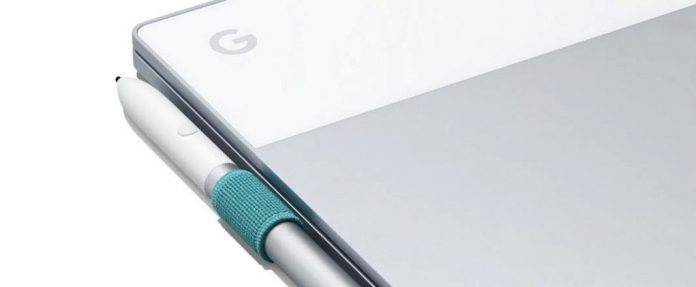
The stylus as digital pen has been around since the beginning of smartphones. No, we’re not referring to the stylus of the ancient days but digital ones used on the phablets and tablets. The most popular brand that comes to mind is Samsung as the Galaxy Note line comes with the S-Pen. Google has also joined the bandwagon when the Pixelbook Pen was launched. Over a decade ago, there’s the electronic tablets and stylus pens popularized by Wacom for drawing. Samsung also has the Galaxy Tab S line with the S-Pen while LG has the Stylus series. Even Apple has joined the craze with the Apple Pencil for the iPad.
Honestly, there’s not much use for a stylus since touchscreen panels work for most smartphone users but then again, as work and productivity demand people to deliver while on-the-go, a pen that can help a person work on more precise stuff like drawing or graphics is much appreciated. We understand why Samsung and Google insist on coming up with devices with the stylus because it certainly has a number of advantages for people in different industries. Microsoft even made sure that its Surface tablets work with a pen. The result was other companies that release convertibles and Windows tablets also now offer stylus.
The digital pen allows a more pressure-sensitive drawing or writing. Most OEMs that use the idea of stylus don’t follow one industry standard. They have their own so a stylus made by one brand may not work on a device by another group. To make things less complicated, a standard must be followed already. For this effort, big companies like Synaptics, Intel, and Wacom are working to come up with the Universal Stylus Initiative (USI). This group was formed to introduce global standards and they will be followed and now, six more companies are being added to the initiative: Google, 3M Touch Systems, Maxeye Smart Technologies, Tactual Labs, Lattice Semiconductor, and MyScript.
The USI now has over 30 member companies. Hopefully, the stylus standards will be better than the previous years. From USI 1.0 Specification released in 2016, we’re expecting new features and improvements. Basically, the standards set by the body must be followed by hardware makers and software developers. One of the many objectives is a non-proprietary active stylus protocol. There’s also 2-way communication between a stylus and device plus support for up to six pens on one device. Support for 4096 levels of pressure sensitivity and 9-axis inertial measurement are also part of the standards.
VIA: Lilliputing









